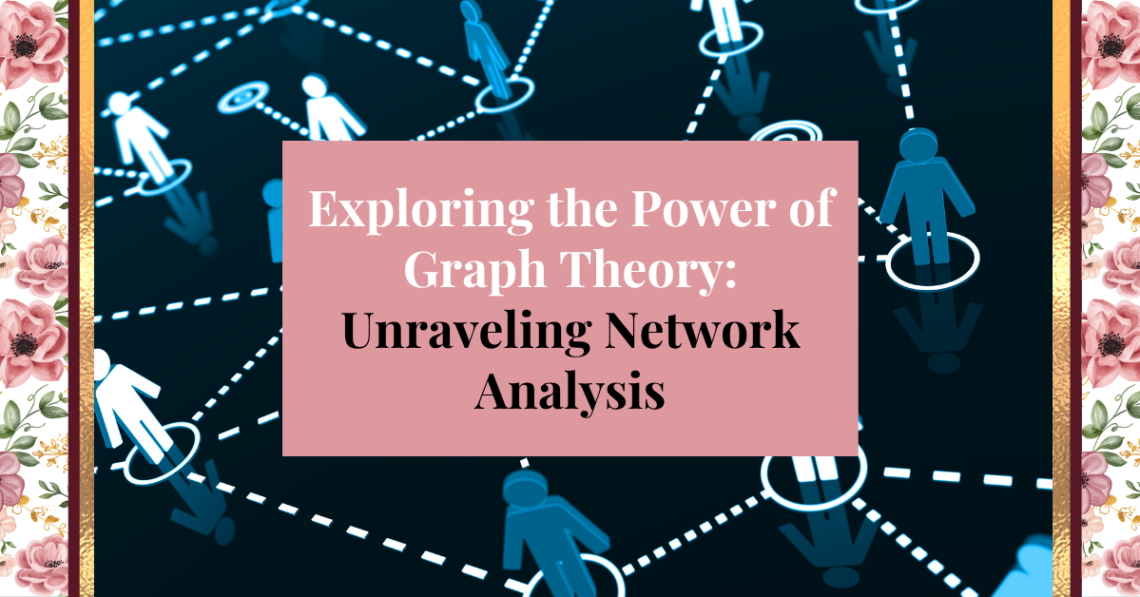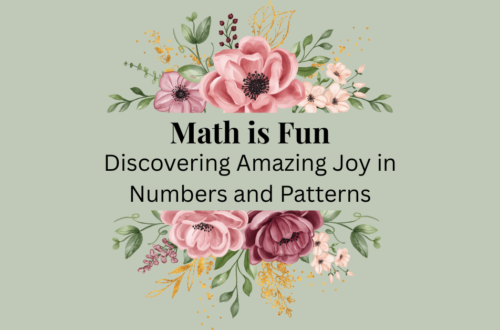Graph Theory is one of the most fascinating and applicable areas of mathematics, bridging the gap between abstract math and real-world connections. From social networks to traffic systems to internet routing, graphs are everywhere—and understanding them unlocks incredible insight into how complex systems function. Let’s explore what graph theory is all about and how it empowers network analysis across disciplines.
What Is Graph Theory?
At its core, graph theory is the study of networks made up of nodes (vertices) and connections (edges). A graph is simply a collection of points and the lines that connect them.
Graphs can be:
- Directed or undirected (do connections have a direction?)
- Weighted or unweighted (do edges carry a value, like distance or cost?)
- Cyclic or acyclic (are there loops or paths that revisit nodes?)
- Connected or disconnected (can you reach every node from every other node?)
These simple structures lead to complex and powerful analysis.
Real-World Applications of Graph Theory
Graph theory doesn’t live only in textbooks—it’s behind many of the systems we use daily.
1. Social Networks
Graph theory models how people are connected. In Facebook or LinkedIn, each user is a node, and friendships or connections are edges. Analyzing these networks helps us:
- Identify influencers
- Recommend new connections
- Detect communities or friend groups
2. Transportation & Logistics
Subway maps, airline routes, and delivery paths can all be modeled with graphs. Graph theory allows planners to:
- Find the shortest or most efficient routes
- Avoid traffic or bottlenecks
- Optimize delivery systems
3. Internet & Communication
The web itself is a graph—each website or device is a node, and hyperlinks or data paths are edges. Graph theory helps:
- Route data efficiently
- Detect outages or vulnerabilities
- Optimize communication networks
4. Biology & Medicine
In genetics and neuroscience, graphs model everything from protein interactions to neural pathways, aiding in:
- Disease mapping
- Drug interaction networks
- Brain structure analysis

Key Concepts in Network Analysis
When analyzing graphs, we often ask powerful questions like:
- What’s the shortest path between two nodes?
- Which node is the most central or influential?
- Are there clusters or communities within the network?
- Is the network robust or vulnerable to attack or failure?
Graph algorithms help answer these questions. Some popular ones include:
- Dijkstra’s Algorithm for shortest path
- PageRank (used by Google!) for node importance
- Breadth-First Search and Depth-First Search for exploring graphs
- Minimum Spanning Tree for cost-efficient connections
Why Students Should Learn Graph Theory
Whether you’re into math, computer science, engineering, or even social science, graph theory gives you a framework to tackle complex systems logically and visually. It:
- Builds problem-solving and reasoning skills
- Connects math with the real world
- Prepares you for advanced study or careers in tech, data science, and more
Final Thoughts
Graph theory shows us that behind every connection—whether physical, digital, or social—there’s a structure we can study, understand, and optimize. It’s a perfect example of how mathematics makes the invisible visible.
Have you used graph theory in your classroom or projects? Share your favorite real-world example or application in the comments!





